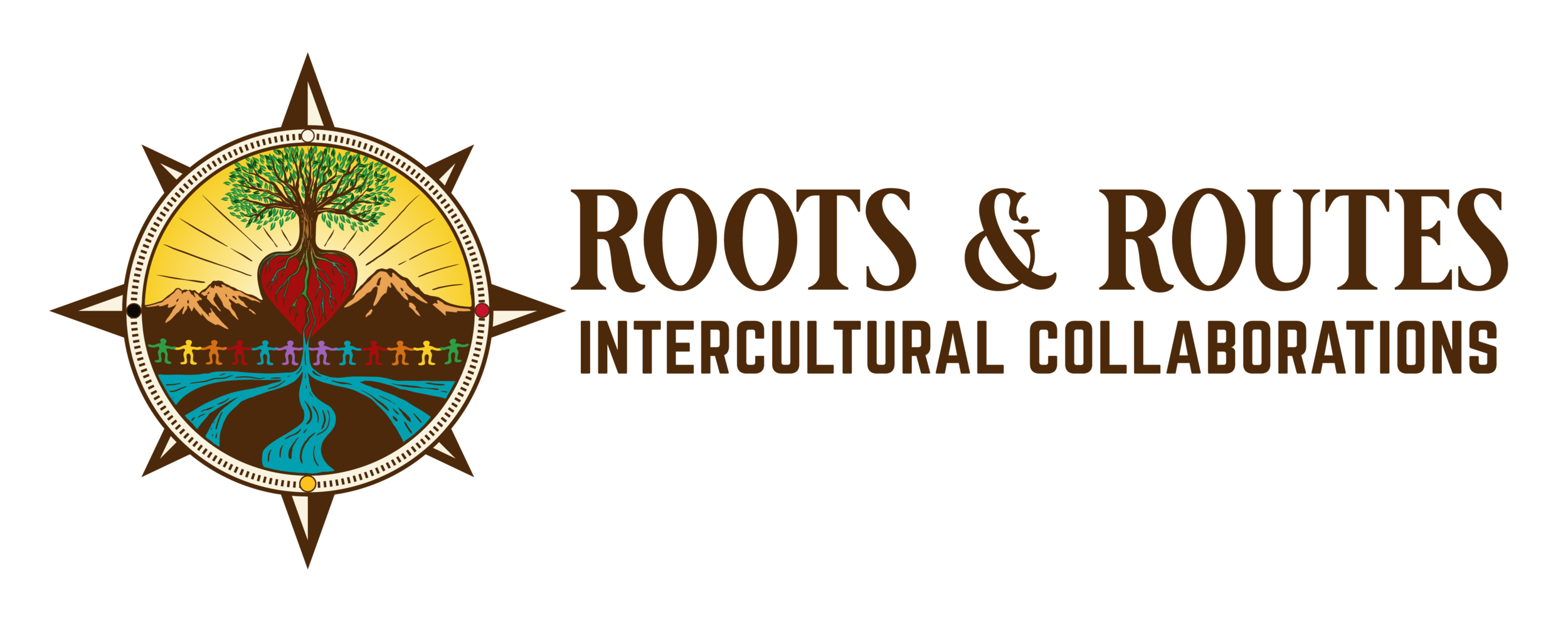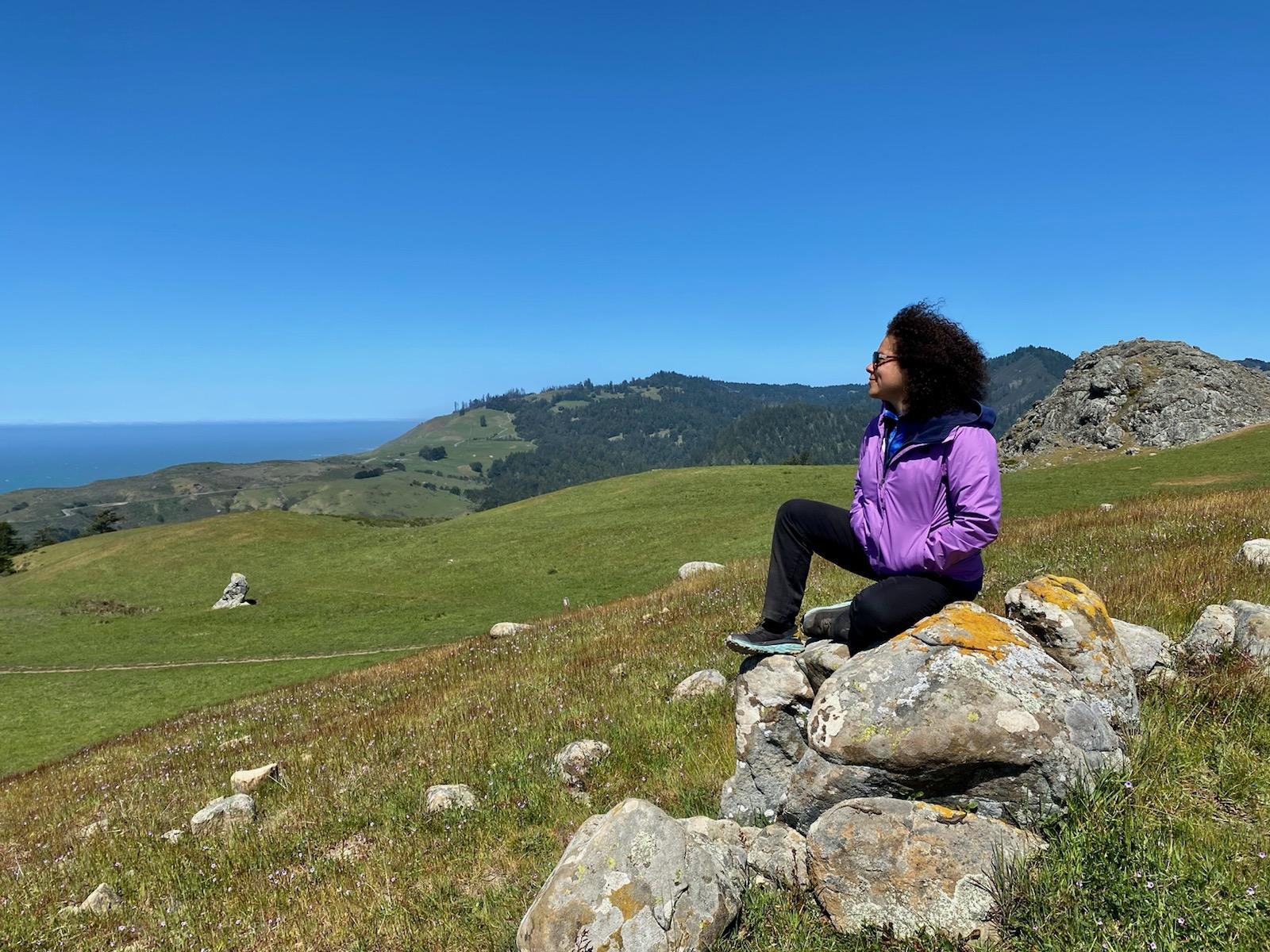Bringing More Mindfulness into Development: A Conversation with Heidi Majano
Roots & Routes IC wants to thank the Peaceful World Foundation for supporting the heartbeat of our organization, the Youth Visionary Collective. This blog is the first of four in a seasonal Roots & Routes-Peaceful World Foundation “conversatorio” over the course of 2022.
“What does peace mean to you? And what steps can you take to bring that peace to, not just your life, but to the world around you?” During our Youth Visionary Collective (YVC) conversation on Sunday, January 30th, Heidi Majano, Executive Director of the Peaceful World Foundation, brought these questions to the table. Our conversation left us contemplating how we can incorporate more mindfulness into international community-based development work.
Source: Heidi Majano: Peaceful World Foundation Blog
As one who has walked many paths in many places in life, Heidi has sought a deep understanding of peace that traverses diverse traditions and cultures and that makes social justice work possible. Attentive to the fact that we were in a circle of people from different cultures across the world and that we each have our own practices of finding peace in our daily lives, she sparked the conversation by posing this simple yet thought-provoking question to us:
“How does peace show up in your life?”
While we each shared our renditions of how one can reach peace, we also discussed how listening to intercultural perspectives is essential in not only reaching peace but also to better understand it. This skillset is especially vital when one experiences setbacks on the long path of struggle towards social and environmental justice. There was general agreement within the YVC that it is within these moments that cultivating peace is essential towards achieving meaningful social and environmental development.
Heidi’s peace work emphasizes community and human connections as well as promoting a mindful approach to international peace building. She also holds a Master’s degree in International Development with an emphasis in peace and conflict resolution practices from the University of Sydney. Heidi has an extensive background in community-based work that is founded in her experience with the Peace Corps in Papua New Guinea.
Heidi spoke to the YVC intern team about the connections between her unique upbringing and her initial drive to work in the international peace sector. Growing up in a vibrant and inclusive San Francisco in the 1970’s and 80’s, her community in Bayview-Hunters Point was made up of people from all racial and economic backgrounds.
With her El Salvadoran parents' background, Heidi’s childhood was multicultural. She experienced much of her childhood in both San Francisco, California as well as in a rural, agricultural town along El Salvador’s Coast. Heidi recounted the importance of comparing and contrasting the distinct lifestyles in both places and communities. The challenges of going back and forth between these two places enhanced Heidi’s unique experience of growing up in two distinctly different countries while teaching her valuable skills in relation to adapting to different environments and cultivating pathways towards resilience.
In this reel, Heidi speaks to us about how the ability to heal, and thus be more resilient, is alive within all of us. This, she emphasizes, is important as we navigate the challenges that arise as we face climate breakdown, and the disproportionate social and environmental injustices within both the environment and humanity as a whole.
By going within and finding connection with all that’s around us, we can start to appreciate different perspectives that help us view our Earth, and one another, in more respectful ways. Our world is full of a pluriverse of cultural perspectives and knowledge, and yet we are all one. So, how can we reconcile and embrace these realities?
The answer: peace. Heidi talked to us about how, often, when we contemplate peace, we are met with a core emotion or memory that brings us safety. Then, as we learn and grow, we may find that peace manifests itself differently from before. We may even need to overcome or let go of something to arrive at that safe place. In these ways we may learn that peace is a motion because sometimes, to find a greater sense of peace within ourselves or within our communities, we must move and be open to an ever-transitioning process. Therefore, re-establishing a sense of peace, she explained to us, may catalyze us to leave our comfort zones or to make sacrifices for something greater than ourselves, for love:
In her teens, Heidi’s parents decided to move the family back to El Salvador. This was challenging because El Salvador was amidst a Civil War. On growing up during a civil war, She illustrated the direct impact of growing up in a war-torn country had on her future goals and ambitions and recounted the trauma she experienced at witnessing such destruction.
Learning to allow for silence was fundamental to Heidi being able to find balance. Heidi reminds us that now is the time—and it is not too late— to find this ability to heal within each of us in order to cultivate the inner peace needed to live in harmony with our Earth as well as to step into defending and protecting her. Here she shares the importance of finding peace in silence, even in such difficult and uncertain times and with people around:
Learning to allow for silence is one way forward to finding balance. It’s time to find this ability to heal within each of us in order to cultivate the inner peace needed to live in harmony with our Earth and step into defending and protecting her and one another. Heidi also emphasized the importance of being present and mindful when experiencing such trauma, a mindset that she would later use during her time involved with international peace work in the South Pacific.
Bringing more mindfulness into international development work was also essential as Heidi joined the Peace Corps in the South Pacific shortly after completing her degree at San Francisco State University. She described her experience in Papua New Guinea as “life-changing”, especially because she came in contact with the Bizmark Rama Group, a New Guinea-led organization. She became so engaged with local politics with landowners that she stayed eight more years in the forest community.
In this reel, you can listen to Heidi explain to the YVC that the most significant lesson she has carried with her is how learning how to cultivate and care for land is indispensable to sustaining life. Heidi describes her experience with gardening and horticulture as a means of respecting her ancestors, as well as the place she was living:
Rooting into the place, experiencing and listening to the land, and cultivating inner peace are all stepping stones along the same path. Heidi’s overall message was impactful to us: by surrendering herself to the elements and relying on them to survive, she built her understanding and appreciation for both the work of growing food and the harvest celebrations.
Heidi’s bringing mindfulness into her international development work coincided with her transformed notions and feelings of peace. We were inspired by finding out about the potential that all humans have to find balance—even in tumultuous circumstances. Listening to Heidi, we saw that San Francisco, El Salvador, Papua New Guinea, and Australia all taught her about diverse place-based pathways to peace. Heidi indubitably left us with a gift: outer experiences and internal experiences are intimately related. When we learn to quiet our mind, pause, and listen, we create a space that is the beginning of everything, where the magic of interconnection takes root. Cultivating (re)-connectedness and better interrelations between people and cultures are at the center of “sustainability from the heart”—our focus here with Roots & Routes.
Thanks for all the teachings, Heidi Majano! We are honored to learn from and be partners with the Peaceful World Foundation, and we appreciate PWF’s support for the Youth Visionary Collective.
Stay tuned for three upcoming blogs in the Roots & Routes-Peaceful World Foundation Conversatorio Series.




